- No products in the cart.
Anvimaks Table spike. 10 pcs cranberries
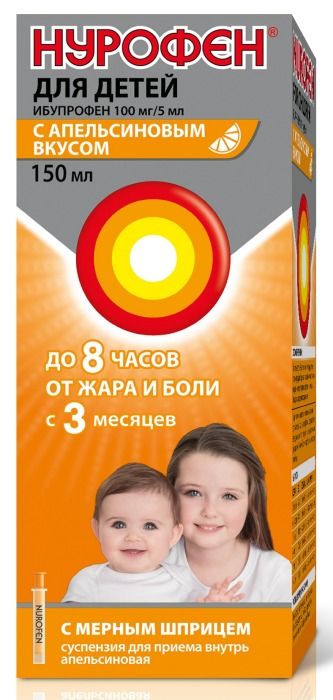
Nurofen for children oral suspension 100mg / 5ml 150ml vial with a syringe dosing orange
$4.17
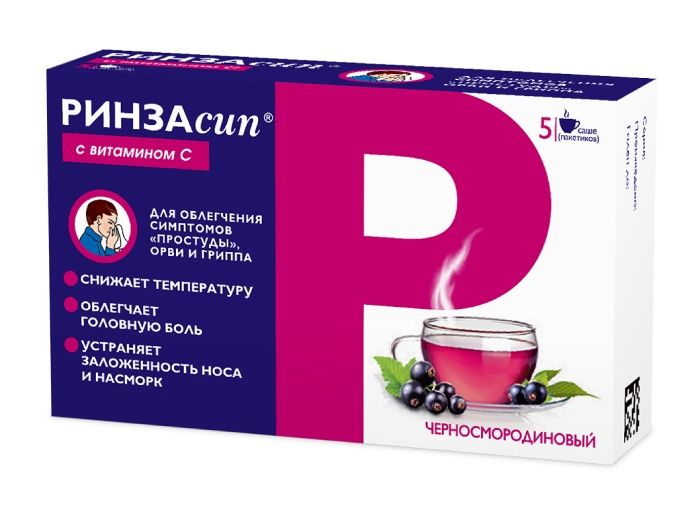
Rinzasip powder for r-ra 5g 5 pcs black currants / Vitamin C.
$3.86
$6.13
Anvimaks Table spike. 10 pcs cranberries
Description
Composition
Active substance:
1 tablet contains: Paracetamol – 360 mg, ascorbic acid – 300 mg calcium gluconate monohydrate – 100 mg, rimantadine hydrochloride – 50 mg rutoside trihydrate (calculated as Rutoside) – 20 mg, loratadine – 3 mg ;.
Excipients:
Citric Acid – 716 mg, sodium bicarbonate – 584 mg, Sorbitol – 97.85 mg macrogol (polyethylene glycol 6000) – 75 mg, isoleucine – 75 mg, or raspberry flavoring cranberry (food flavoring powder “Cranberry 924” or “909 Raspberry” ) – 75 mg, acesulfame potassium – 20 mg aspartame – 20 mg, povidone (povidone K-30) – 3.75 mg, beet red dye (E 162) – 0.4 mg.
Description:
Valium round tablets with a rough surface from light pink to a dark pink color with a light and dark patches with a chamfer, with a characteristic odor. Allowed blotches of greenish-yellow color. Hygroscopic.
Product form:
Effervescent Tablets [flavored cranberry], effervescent tablets [flavored Raspberry]. 10 tablets in a polypropylene tube complete with a polyethylene cap with silica insert.
1 tube together with instructions for use in a stack of cardboard.
Contraindications
Hypersensitivity to one or more components forming part of the formulation; erosive and ulcerative lesions of the gastrointestinal tract in the acute phase; gastrointestinal bleeding; hemophilia; hemorrhagic diathesis; gipoprotrombinemii; portal hypertension; beriberi K; renal failure; pregnancy, breast-feeding; thyroid disease, acute renal disease, liver (acute glomerulonephritis, acute pyelonephritis, acute hepatitis, or exacerbation of chronic diseases of these organs); alcoholism; hypercalcaemia, severe hypercalciuria, nefrourolitiaz, sarcoidosis, concomitant use of cardiac glycosides (risk of arrhythmias); fructose intolerance; phenylketonuria.
Children up to age 18 years.
Carefully
Limitation of use in epilepsy, cerebral arteriosclerosis, diabetes, deficiency of glucose-6-phosphate dehydrogenase deficiency, hemochromatosis, sideroblastic anemia, thalassemia, hyperoxaluria, kidney stones, dehydration, electrolyte disturbances (risk of hypercalcemia), diarrhea, malabsorption syndrome, calcium nefrourolitiaze (in history ), hypercalciuria; simultaneously or within the previous 2 weeks receiving monoamine oxidase inhibitors, tricyclic antidepressants; while taking drugs can adversely affect the liver (e.g., inducers of microsomal liver enzymes). Care should be taken when treating patients with recurrent urate formation of kidney stones; progressing malignant disease; bronchial asthma.
Elderly patients with hypertension (increased risk of hemorrhagic stroke due to the incoming of the drug rimantadine).
Indications
Causative treatment of influenza type A, symptomatic treatment of “colds” diseases, flu and colds, accompanied by fever, muscle pain, headache, fever in adults.
Interaction with other drugs
Paracetamol reduces the effectiveness of uricosuric drugs. Concomitant use of high doses of paracetamol enhances the effect of anticoagulant drugs. Inductors microsomal oxidation in the liver (phenytoin, barbiturates, rifampicin, phenylbutazone, tricyclic antidepressants), ethanol and hepatotoxic drugs increase the production of hydroxylated active metabolites, which makes the possibility of severe intoxication, even with a small overdose. While the use of metoclopramide may increase the rate of absorption of paracetamol. Prolonged use of barbiturates, reduces the effectiveness of paracetamol. Inhibitors of microsomal oxidation reduce the risk of hepatotoxicity.
Rimantadine enhances the stimulative effect of caffeine. Cimetidine rimantadine clearance decreases by 18%.
Ascorbic acid increases the blood concentration of benzylpenicillin. It improves the intestinal absorption of iron (ferric iron needs a divalent); may increase the excretion of iron while the use of deferoxamine. Increases the risk of crystalluria in the treatment of salicylates and sulfonamides short-acting, slow renal excretion of acid, increases the excretion of drugs having an alkaline reaction (including alkaloids). Reduces blood concentration of oral contraceptives. Increases total clearance of ethanol, which in turn reduces the concentration of ascorbic acid in the body. When applied simultaneously reduces the chronotropic isoprenaline effect. Barbiturates, primidone and increase the excretion of ascorbic acid in urine. Reduces the therapeutic action of antipsychotic drugs (neuroleptics) – phenothiazine derivatives, tubular reabsorption of amphetamine and tricyclic antidepressants.
Loratadine. Inhibitors of CYP3A4 and CYP2D6 increase the concentration of loratadine in the blood.
Overdose
Symptoms: during the first 24 hours after administration – paleness of the skin, nausea, diarrhea, vomiting, epigastric pain; impaired glucose metabolism, metabolic acidosis (in t. h. lactic acidosis), hypokalemia, tachycardia, arrhythmia, headache, exacerbation of underlying chronic diseases. Symptoms of liver function may occur through 12-48 hours after the overdose. In severe overdose – liver failure with progressive encephalopathy, coma; acute renal failure with tubular necrosis (including the absence of severe liver damage).
overdose threshold may be reduced in elderly patients, in patients taking certain drugs (e.g., inducers of microsomal liver enzymes), alcohol or malnourished.
Treatment: administering donators SH-groups and precursors of glutathione synthesis – methionine for 8-9 hours after the overdose and acetylcysteine - for 8 hours gastric lavage, symptomatic therapy.. The need for additional therapeutic activities (further administration of methionine, acetylcysteine) is determined depending on the blood concentration of paracetamol, as well as on the time elapsed after administration.
pharmachologic effect
Pharmacological group:
ARI and “cold” symptoms Remedy.
Pharmacodynamics:
Combined preparation possesses antiviral, interferonogenic, antipyretic, anesthetic, antihistamine and angioprotective action.
Paracetamol has analgesic and antipyretic action.
Ascorbic acid is involved in the regulation of redox processes, promotes normal capillary permeability, coagulation, tissue regeneration, plays a positive role in the development of immune reactions of the body, it compensates the deficit of vitamin C.
Calcium gluconate as the source of calcium ions, prevents the development of increased vascular permeability and fragility causing hemorrhagic processes for influenza and acute respiratory viral infections (ARVI) having antiallergic effect (the mechanism is unclear).
Rimantadine has antiviral activity against the M2 channels influenza virus A. Blocking of influenza A virus, it gives the ability to penetrate into cells and release ribonucleoprotein, thereby inhibiting the replication of viruses critical step. Induces the production of interferon alpha and gamma. The flu caused by virus, rimantadine has a toxic effect.
Rutoside is angioprotectors. Reduces the permeability of capillaries, swelling and inflammation, strengthens the vascular wall. Inhibits aggregation and increases the degree of deformation of erythrocytes.
Loratadine – blocker H1-histamine receptor prevents the development of tissue edema associated with histamine release.
Pharmacokinetics:
Combined preparation possesses antiviral, interferonogenic, antipyretic, anesthetic, antihistamine and angioprotective action.
Paracetamol. Absorption high. Relationship to plasma proteins – 15%. It penetrates the blood-brain barrier. It is metabolized in the liver in three main ways: the conjugation with glucuronides, conjugation with sulphates, oxidation liver microsomal enzymes. In the latter case produces toxic intermediate metabolites that subsequently conjugated with glutathione, and then with cysteine and mercapturic acid. The major isozymes of cytochrome P450 for a given pathway are isoenzyme CYP2E1 (preferably), CYP1A2 and CYP3A4 (secondary role). When glutathione deficiency these metabolites can cause damage and necrosis of hepatocytes. Additional metabolic pathways are hydroxylation to 3-gidroksiparatsetamola methoxylation and 3-methoxy-paracetamol subsequently conjugated to glucuronides or sulfates. In adults, the predominant glucuronidation. Conjugated paracetamol metabolites (glucuronides, sulfates and conjugates with glutathione) have low pharmacological (including toxic) activity. Excreted by the kidneys as metabolites, mainly conjugates, only 3% in an unmodified form. In elderly patients, reduced clearance of the drug and increases the half-life.
Ascorbic acid is absorbed in the gastro-intestinal tract (primarily in the jejunum). Relationship to plasma proteins – 25%. Diseases of the gastrointestinal tract (stomach ulcer and 12 duodenal ulcer, constipation or diarrhea, worm infestation, giardiasis), consumption of fresh fruit and vegetable juice, alkaline drinking reduces the absorption of ascorbic acid in the gut. ascorbic acid concentration in the plasma of normal is about 10-20 mcg / ml. . The time of maximum concentration in plasma after ingestion – 4 h Easily penetrate leukocytes, platelets, and then – in all the tissues; Highest concentration achieved in glandular organs, leukocyte, liver and lens of the eye; It crosses the placenta. ascorbic acid concentration in leukocytes and platelets is higher than in the erythrocytes and in the plasma. When deficient states concentration in leukocytes and later reduced more slowly and regarded as the best evaluation criterion deficiency than the concentration in plasma. Metabolized mainly in the liver and then into dezoksiaskorbinovuyu oxaloacetic acid and ascorbate-2-sulfate. Excreted by the kidneys, through the intestines, sweat unchanged and as metabolites. Smoking and drinking ethanol accelerate degradation of ascorbic acid (conversion into inactive metabolites), dramatically reducing reserves in the body. It appears in hemodialysis.
Calcium gluconate. Approximately 1 / 5-1 / 3 of the orally administered calcium gluconate absorbed in the small intestine; This process depends on the presence ergocalciferol, pH, and the presence of features diet factors capable of binding calcium ions. The absorption of calcium increases during its deficit and use diet with a reduced content of calcium ions. About 20% of renal elimination, the remaining amount (80%) – intestine.
Rimantadine. After oral administration almost completely absorbed in the intestine. Absorption – slow. Relationship to plasma proteins – about 40%. The volume of distribution – 17-25 l / kg. The concentration of the nasal secretion by 50% higher than the plasma. It is metabolized in the liver. More than 90% excreted by the kidneys within 72 hours, mostly in the form of metabolites to 15% – unchanged. In chronic renal failure, the half-life is increased by 2 times. In patients with renal insufficiency and in the elderly can accumulate in toxic concentrations if dosage is not adjusted in proportion to the decrease in creatinine clearance. Hemodialysis has little effect on the clearance of rimantadine.
Rutoside. maximum concentration in plasma after ingestion -. 1-9 hours is derived mainly from bile and to a lesser extent by the kidneys. The half – 10-25 hours.
Loratadine. Quickly and completely absorbed in the gastrointestinal tract. The maximum concentration of the elderly increased by 50%. Communication with plasma proteins – 97%. It is metabolized in the liver to form the active metabolite descarboethoxyloratadine involving isoenzyme cytochrome CYP3A4 and to a lesser extent CYP2D6. It does not cross the blood-brain barrier. Excreted by the kidneys and the bile. In patients with chronic renal failure and hemodialysis pharmacokinetics virtually unchanged.
Pregnancy and breast-feeding
Use during pregnancy and lactation is contraindicated.
Conditions of supply of pharmacies
Without a prescription.
side effects
In accordance with the members of components.
On the part of the central nervous system: irritability, drowsiness, tremor, hyperkinesia, dizziness, headache, “tides” of blood to the face.
From the digestive system: gastric mucosal lesion and duodenal ulcers, dyspepsia, dry mucous membranes in the mouth, anorexia, abdominal distention (bloating), diarrhea (diarrhea).
From the urinary system: moderate pollakiuria.
From the side of hematopoiesis: changes in blood counts. Requires monitoring.
Allergic reactions: angioedema, anaphylaxis, skin rash, pruritus, urticaria.
Skin: Stevens-Johnson syndrome, toxic epidermal necrolysis (Lyell’s syndrome) and acute generalized exanthematous pustulosis.
Other: inhibition of the function of the pancreas insular apparatus (hyperglycemia, glycosuria).
If any of these instructions side effects are compounded, or if you notice any other side effects not mentioned in the manual, report it immediately to the doctor.
special instructions
Duration of application – not more than 5 days.
Do not apply when the presence of metastatic tumors.
People prone to the use of ethanol should be prior to the start of drug treatment to consult a doctor because paracetamol may have a damaging effect on the liver.
Effects on ability to drive vehicles and other machines that require high concentration of attention
During the period of treatment must be careful when driving and occupation of other potentially hazardous activities that require high concentration and psychomotor speed reactions.
Storage conditions
At a temperature of not higher than 25 C.
Keep out of the reach of children.
Dosing and Administration
Inside.
Dissolve the tablet in half a glass of warm boiled water. Consumed immediately after reconstitution. Before use, stir the solution.
Adults: Take 1 tablet 2-3 times a day after meals for 3-5 days (up to 5 days) until symptoms disappear disease.
If there is no better feeling should stop taking the drug and consult a doctor.
Information
Appearance may differ from that depicted in the picture. There are contraindications. You need to read the manual or consult with a specialist
Additional information
| Weight | 0.100 kg |
|---|---|
| Manufacturer | AnviLab |

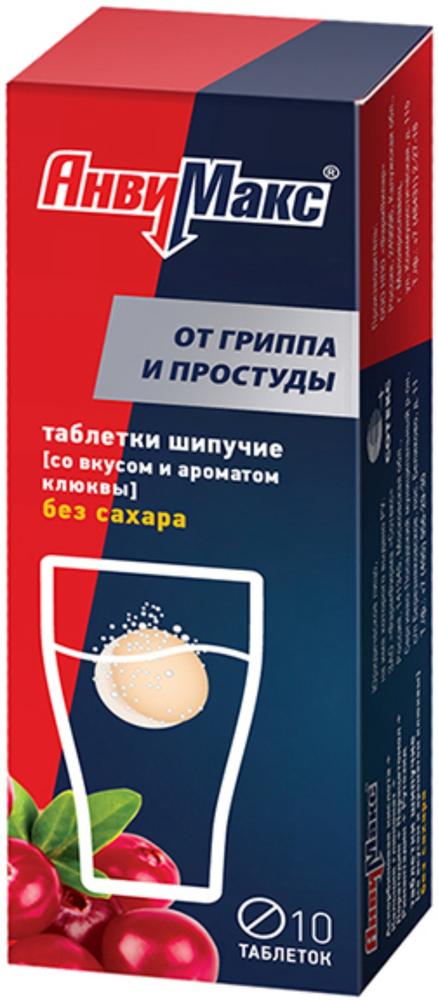
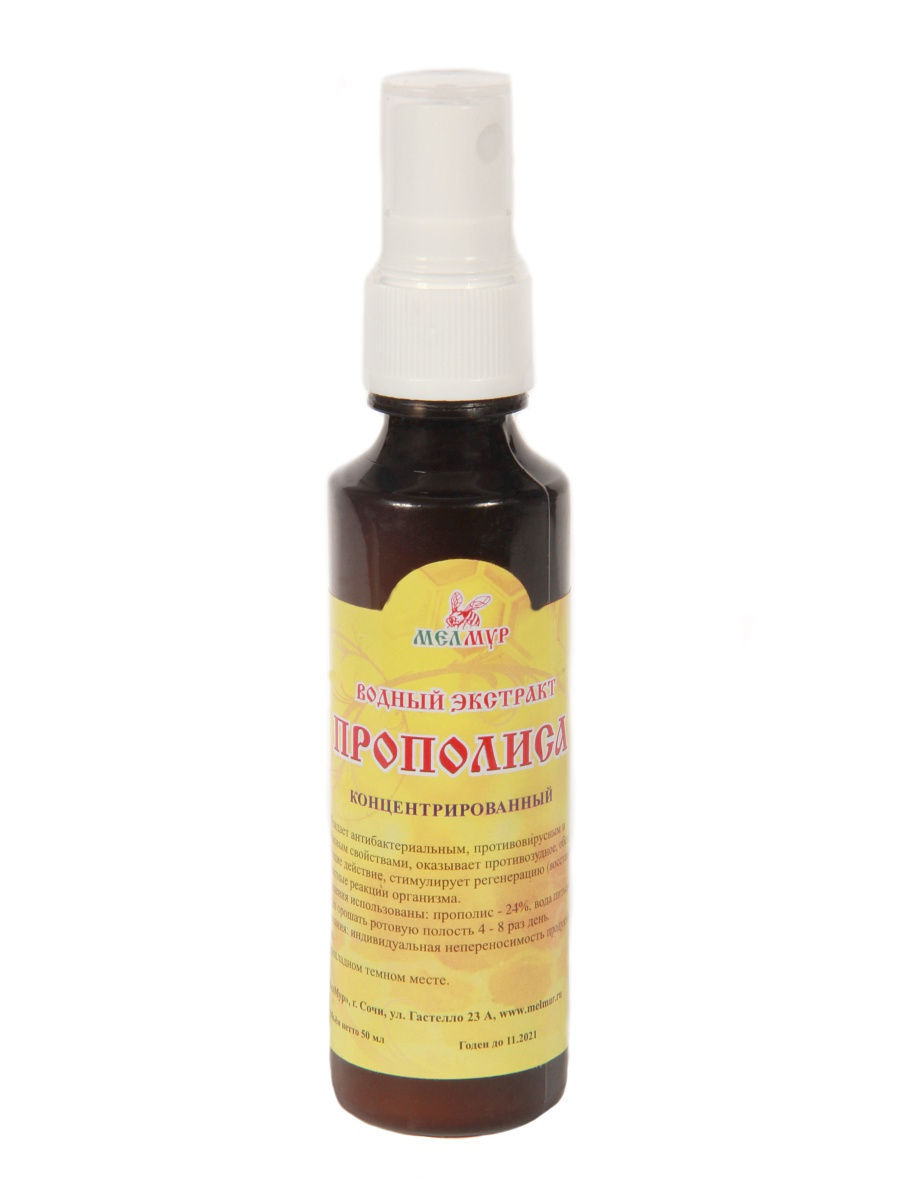
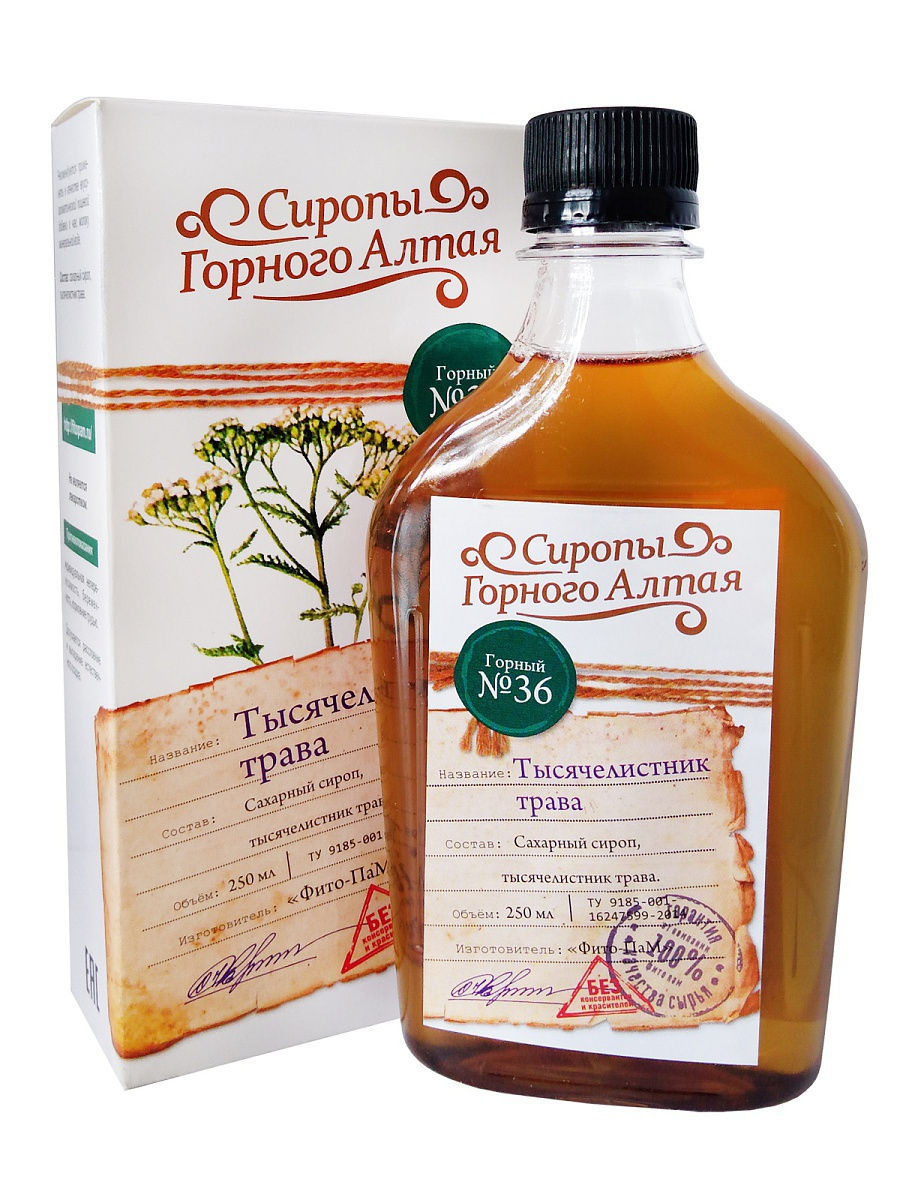
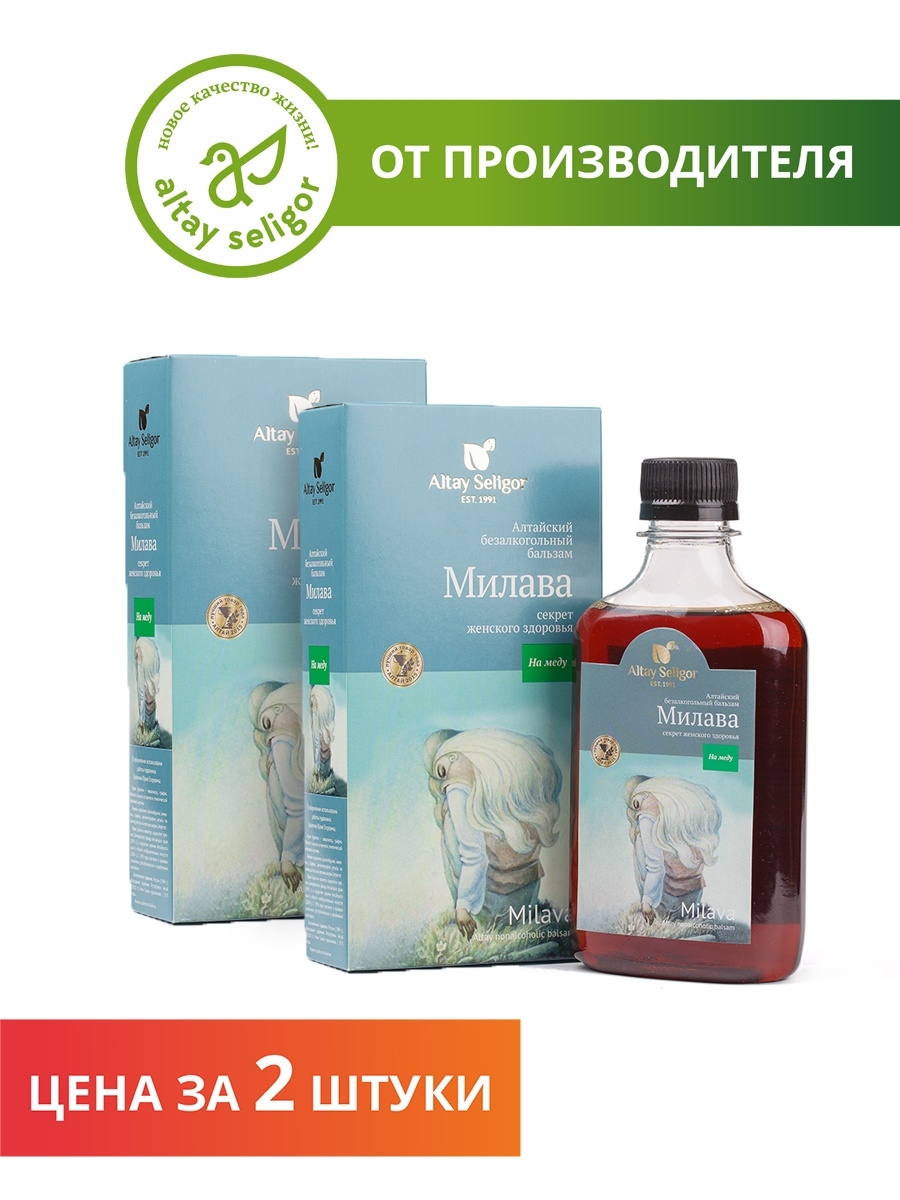
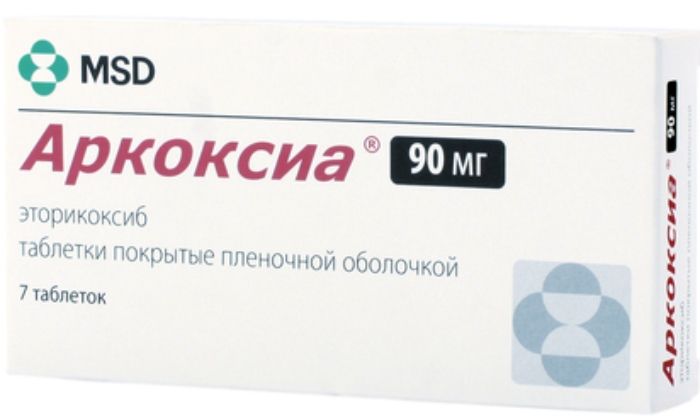
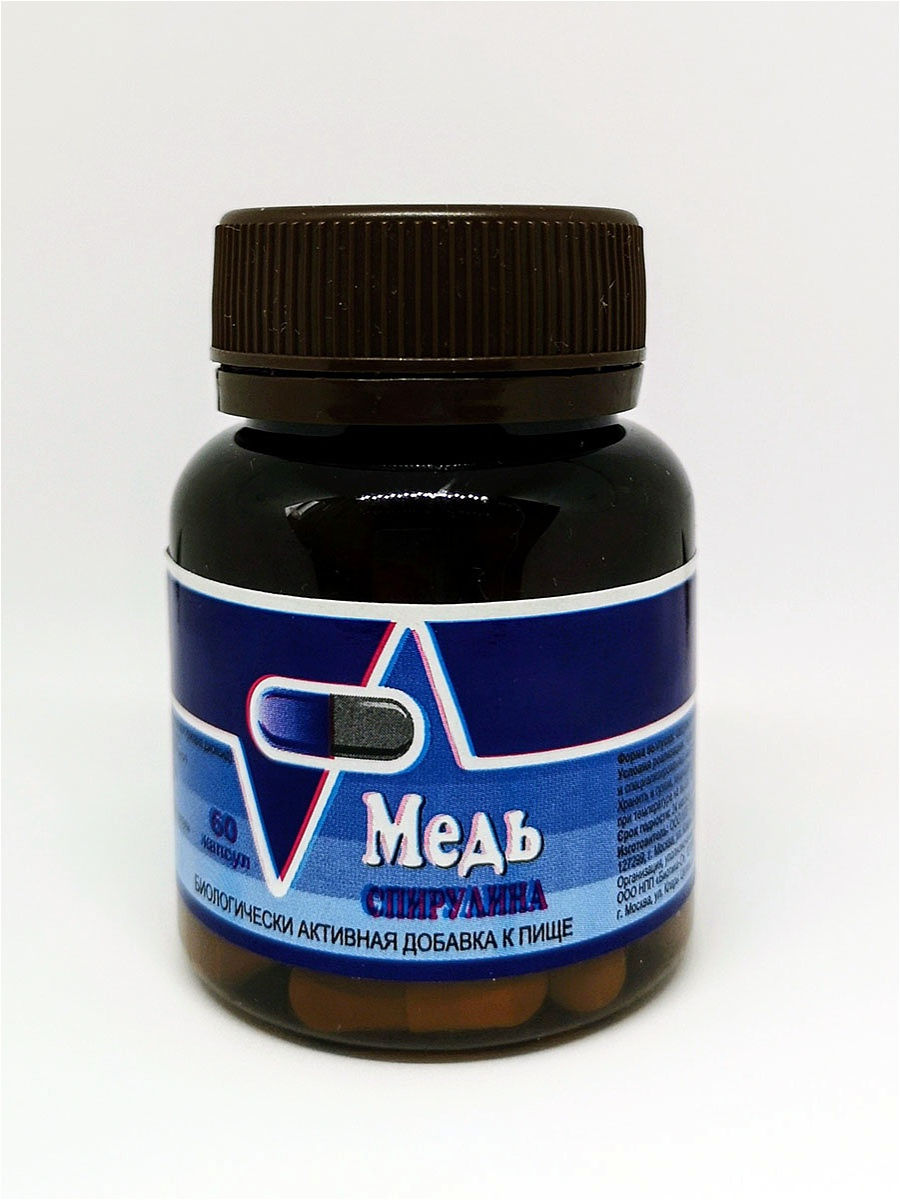
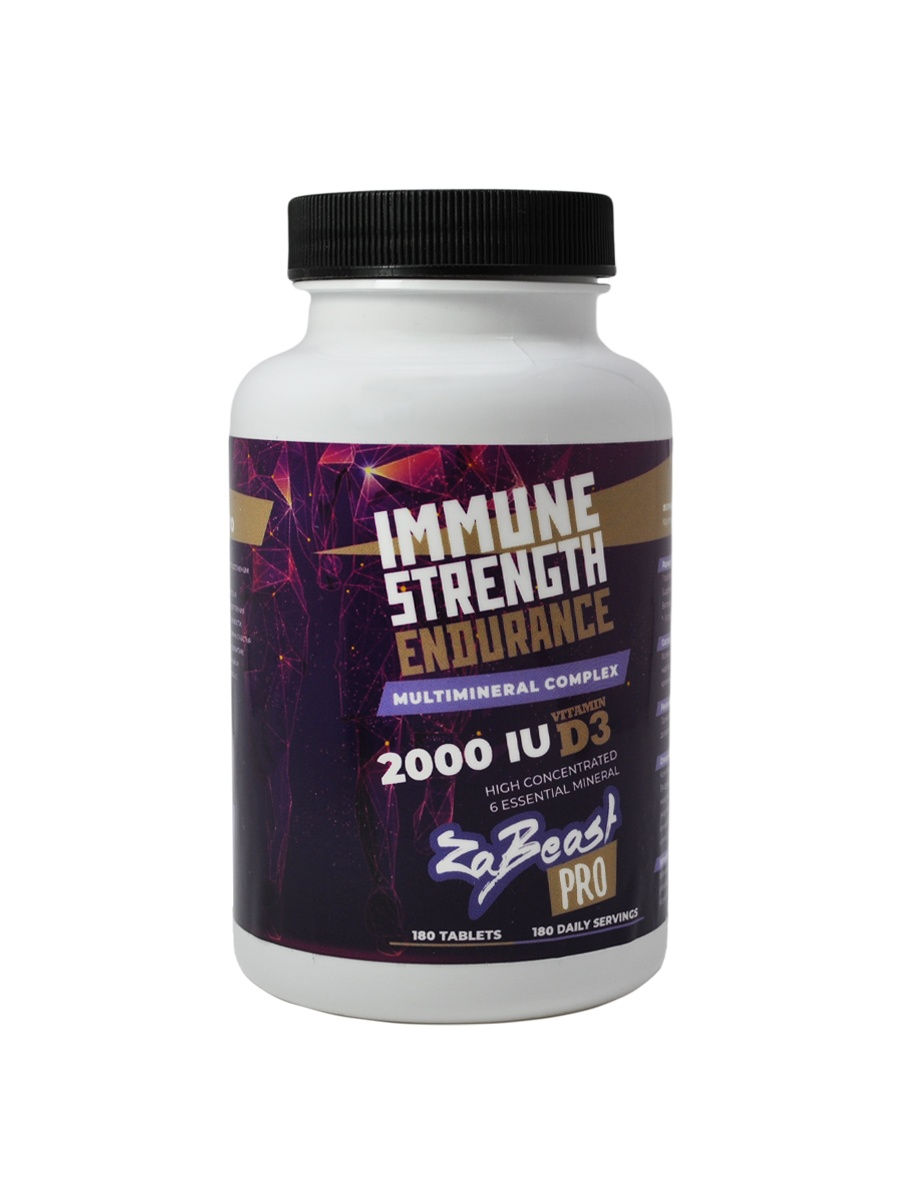




There are no reviews yet.